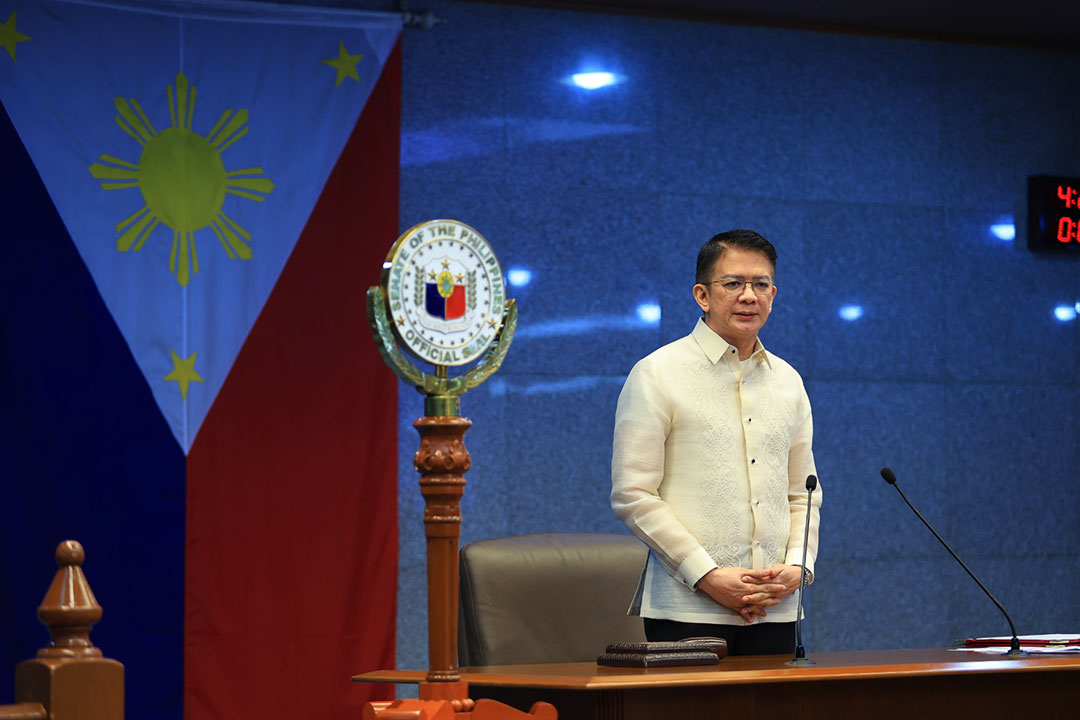
Upgrade to High-Speed Internet for only ₱1499/month!
Enjoy up to 100 Mbps fiber broadband, perfect for browsing, streaming, and gaming.
Visit Suniway.ph to learn
Two weeks ago the Philippine Atmospheric, Geophysical and Astronomical Services Administration (PAGASA) declared the official rainy season for the country, normally June to November.
Rainy season means higher output for hydroelectric plants but lower output for solar plants as solar hates shade from clouds, rains and trees. Like last year, the share of hydro in total power generation rose from 3.3 percent in May to 5.4 percent in June 2024, while solar share declined from 3.5 percent in May to 3.2 percent in June. The share of wind also declined from 0.6 percent in May to 0.3 percent in June. For a combined share of 3.5 percent of total generation from wind-solar, they are dangerously unreliable to power the Philippines’ fast economic growth.
We also have frequent flooding as we do not have enough lakes, dams, weirs and other water catchments and storage. And there are more storms that can topple electrical posts and even towers, so grid stability and security are needed.
Last June 13, there was a press conference at the Department of Energy (DOE) with outgoing Secretary Raphael PM Lotilla and OIC Secretary Sharon Garin as speakers. I was not able to attend because I was out of town that day. But if I have to assess a performance in a grade of 1.0 to 5.0, one as excellent and five as failure, I will give Secretary Lotilla’s three years a 1.75, equivalent to cum laude honor in UP. Let me explain.
Almost perfect 1.0 grade because he laid a good legal and international preparations and foundation for the Philippines doing nuclear energy soon. And there was almost no blackout, at least in the Meralco area, just frequent yellow-red alerts in the grid. Nearly 3,000 MW of new capacities were added the last three years.
But I have to add 0.75, so 1.75 grade, because there are so many wind-solar coming in, especially the super-costly offshore wind, that he approved. I believe that when those birds-killing wind blades and wind plants become more rampant in our sea someday, both generation charge and transmission charge will shoot up, they are too far away from Metro Manila and other commercial-industrial zones where power demand is high.
Acting or OIC Secretary Sharon Garin has both legislative and executive experience in continuing the great work done by Mr. Lotilla, especially in preparing for nuclear energy. Ma’am, let us start with refurbishing and reviving the Bataan Nuclear Power Plant. That 620-MW plant if running at 85 percent capacity factor can produce about 4,600 GWh of electricity yearly, larger than the roughly 4,000 GWh combined output of wind-solar last year.
This week the Energy Regulatory Commission (ERC) inaugurated more Retail Aggregation Program (RAP) contracts. The RAP program helps smaller consumers like households and micro businesses enjoy lower electricity costs when they are aggregated and get direct retail electricity supply (RES) contracts with certain generation companies.
ERC chairperson Monalisa Dimalanta optimistically said that “through RAP, more Filipinos are taking charge of their energy destiny, bringing us closer to true energy democracy.”
Among the RAP participants that ERC inaugurated this week is the MPower-DMCI Homes partnership. MPower is Meralco’s local RES while DMCI Homes has several big residential condos and they also participated in the Competitive Retail Electricity Market (CREM) and RAP programs.
Speaking of stronger, reliable and resilient grid especially during the stormy months, the National Grid Corp. of the Philippines (NGCP) just finished its annual stakeholder consultations nationwide to discuss the Transmission Development Plan (TDP) 2025-2050.
NGCP president and CEO Anthony Almeda said that “the TDP is essential to NGCP. It outlines… ongoing projects and grid plans including indicative project timelines, regulatory updates, the proposed integration of renewable energy sources, and smart grid technologies to enhance efficiency.”
Also last week there was the APAC Energy Capital Assembly 2025 in Singapore. Among the speakers was Meralco PowerGen (MGen) president and CEO Emmanuel Rubio who discussed MGen’s evolving portfolio of big renewables like MTerra Solar and diversified energy sources. He emphasized that this will “ensure both profitability and sustainability as complementary goals, building an energy system that delivers both low-carbon future that remains affordable and reliable for all.”
Another energy company that similar to MGen has both large renewables and thermal plants is Aboitiz Power (AP). I chanced upon AP’s vice president for corporate affairs Suiee Suarez and he says that “for us in AP, energy security means reliability (power supply without interruption, current and future), resilience (capacity of the grid and power plants to withstand and recover from both anticipated and unforeseen disruptions in supply) and efficiency (keep continuous supply while minimizing energy consumption) in the energy system.”
Meanwhile I have two short greetings. One, congrats to Canada Embassy in Manila led by Ambassador David Hartman.They will hold the annual Canada Day this coming June 26. It is the anniversary of the Canadian Confederation which occurred on July 1, 1867.
Two, congrats to my batchmates from UP School of Economics (UPSE) Batch 1984, Lynette Ortiz and Gladys Cruz-Sta Rita. Lynette is the president of Land Bank of the Philippines (LBP) and LBP has remitted to the National Treasury P32 billion in 2024 and P33 billion this year. Gladys is former president of National Power Corp. and now vice-president for investment management group (power) of the Maharlika Investment Corp.
Lynette and Gladys will be awardees of the 2025 UP Alumni Association (UPAA) Distinguished Alumni Awards. Lynette in Community Empowerment in Countryside Growth and Development, and Gladys in Good Governance in Public Utility Development and Hydraulic Resource Stewardship.

 6 days ago
4
6 days ago
4



